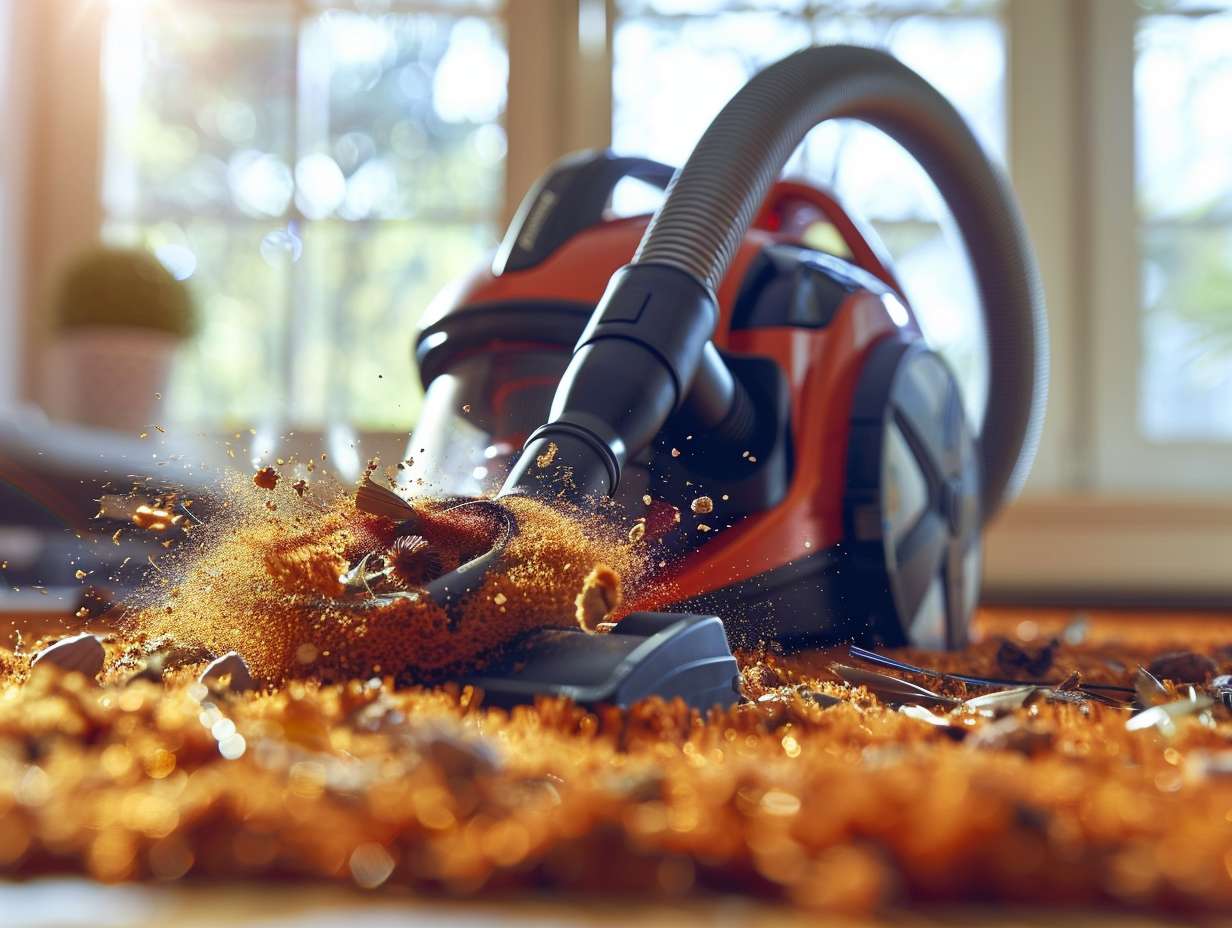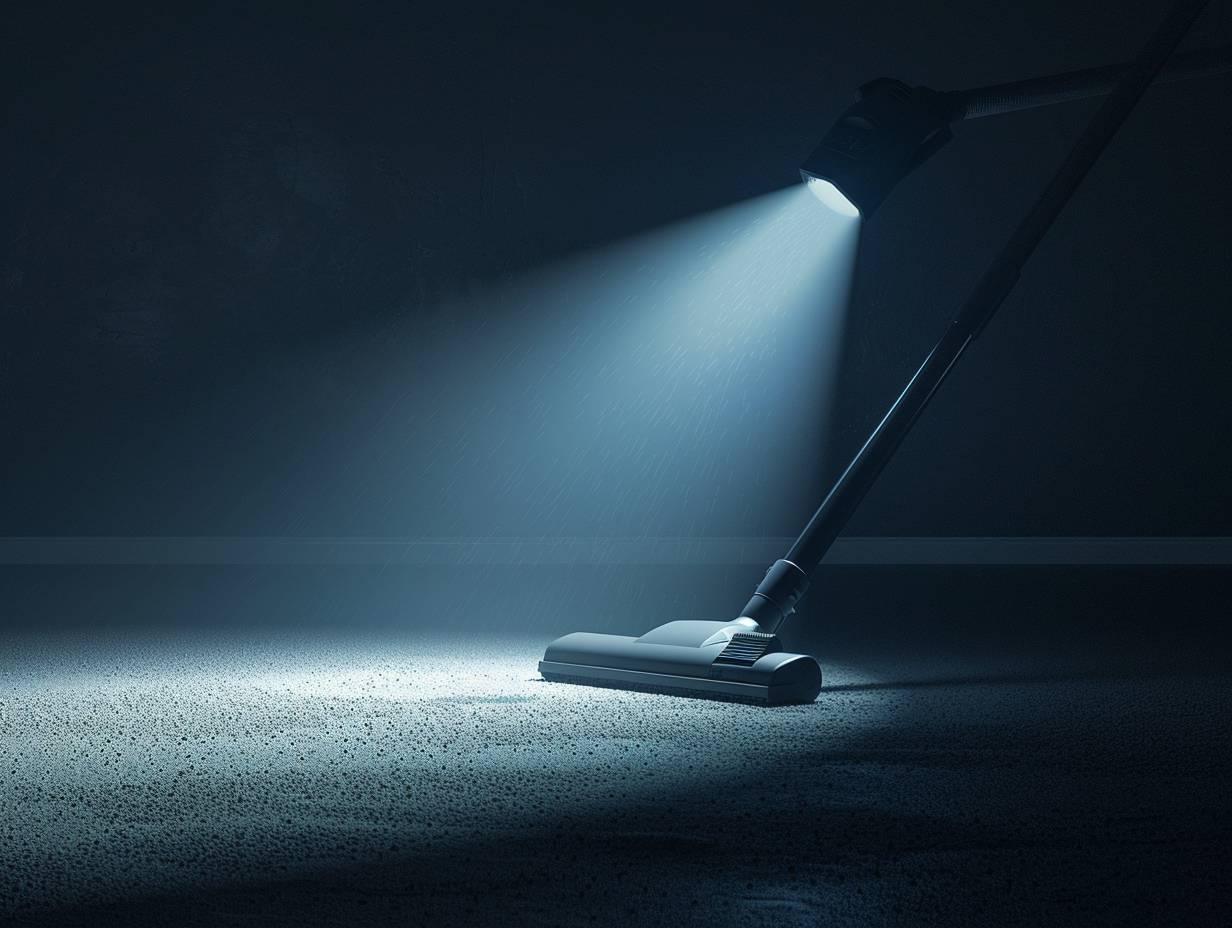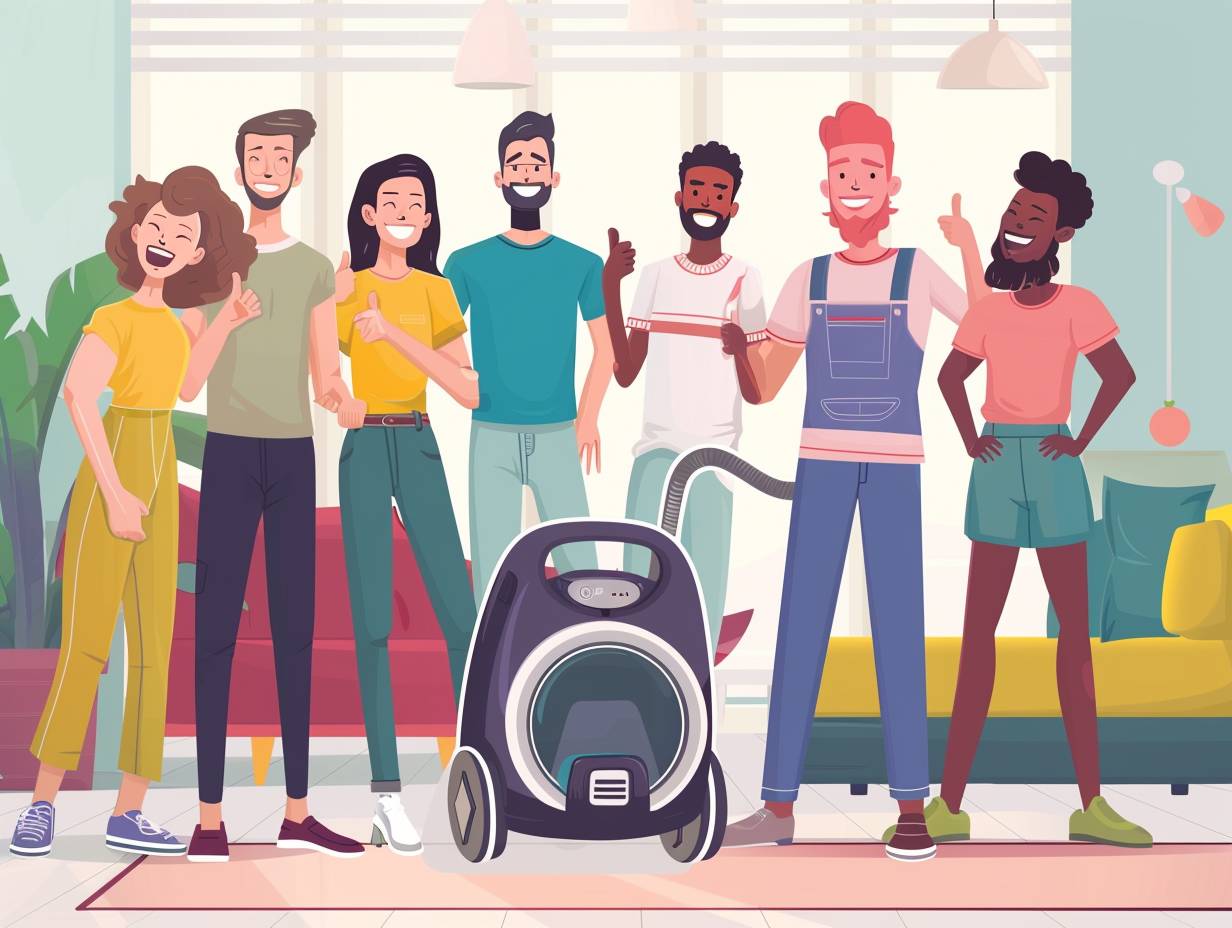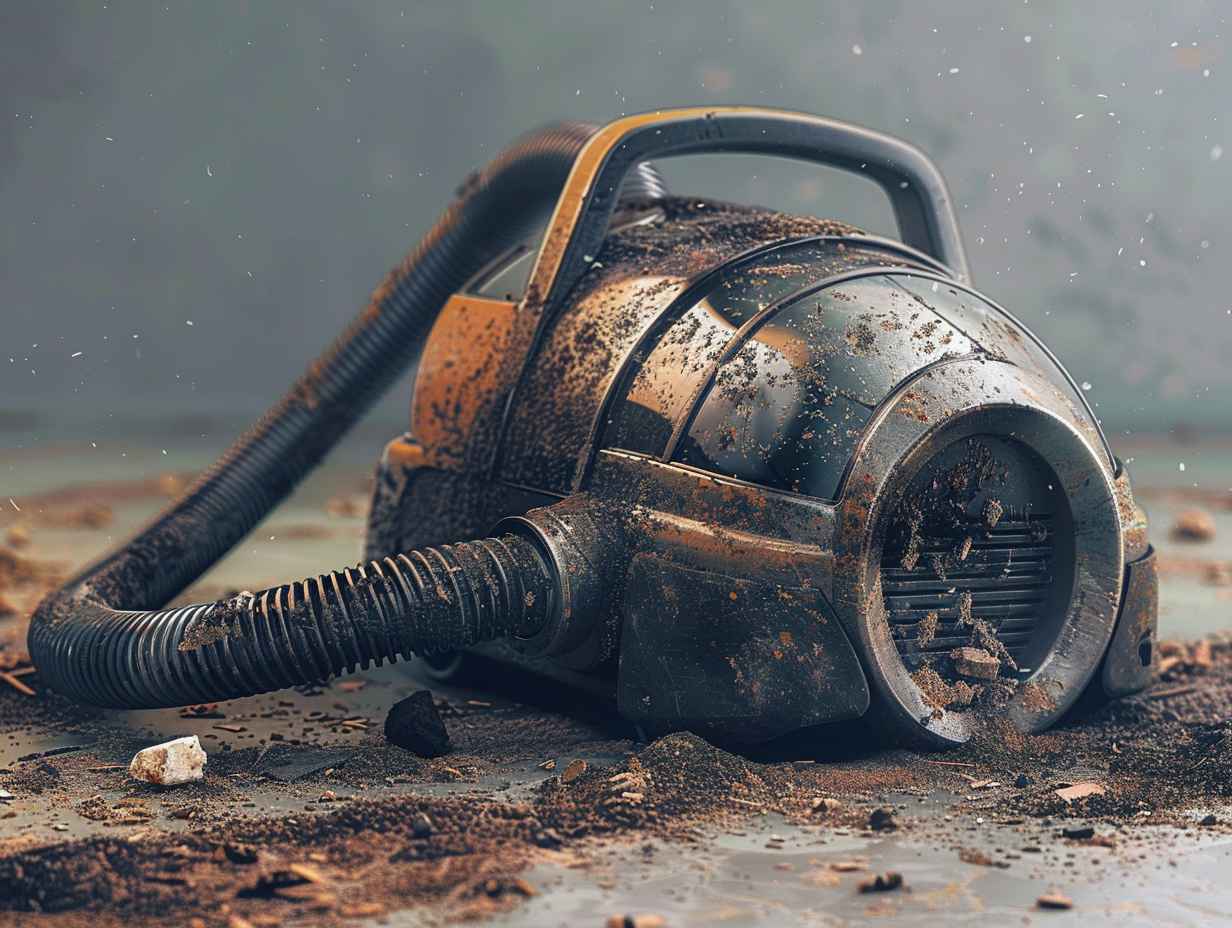
Vacuum Cleaner Design and Appearance
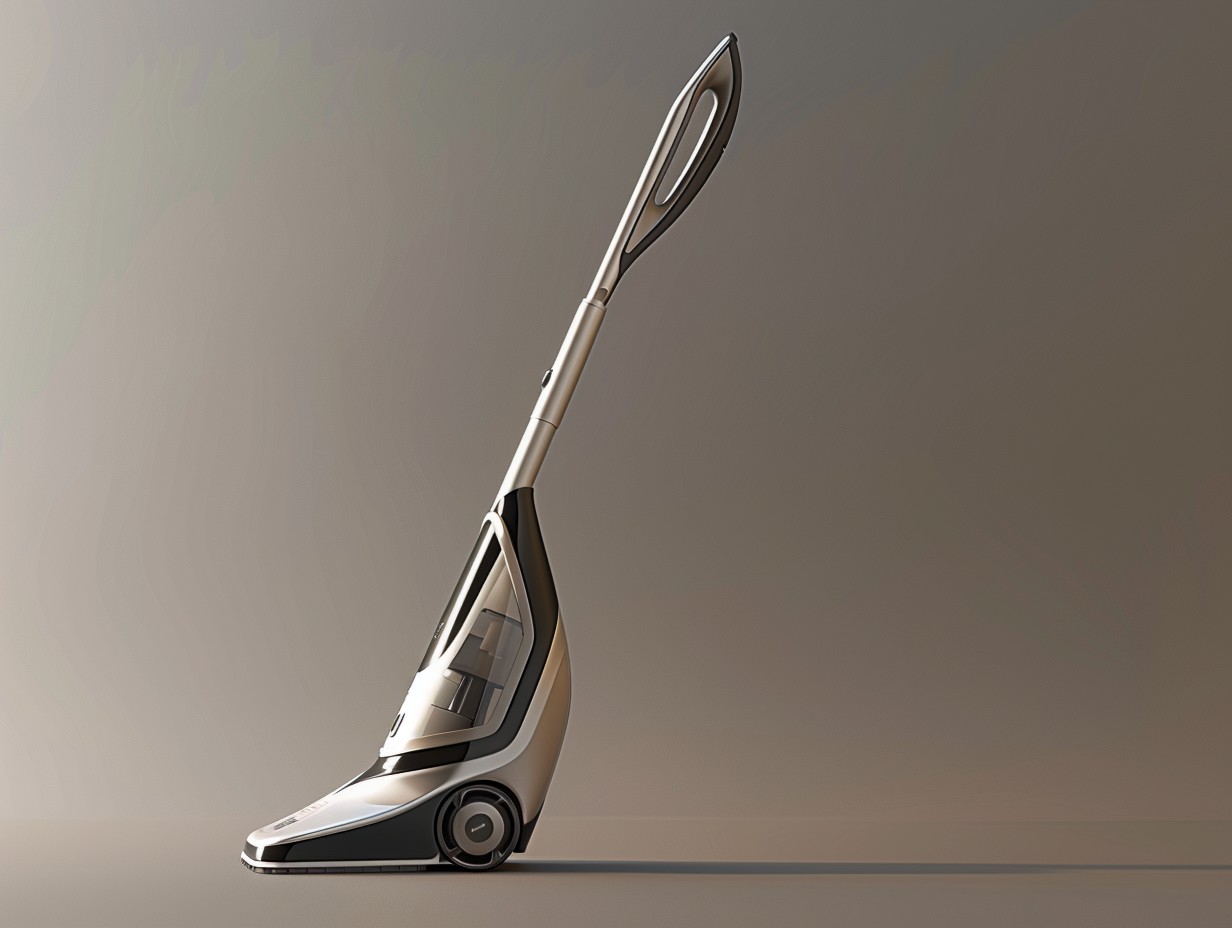
When you glance at a vacuum cleaner, have you ever considered the intricate dance between form and function that shapes its design?
The sleek lines, the choice of materials, and the thoughtful placement of buttons all play a role in creating a harmonious appliance.
But there’s more to the aesthetics of a vacuum cleaner than meets the eye. Stay tuned to uncover how these design elements impact your everyday cleaning routine and the overall ambiance of your living space.
Key Takeaways
- Lightweight materials and powerful motors enhance portability and suction power.
- Colors and finishes reinforce brand identity and consumer aesthetic preferences.
- Ergonomic designs and user-friendly features prioritize comfort and efficiency.
- Technology integration and sustainability practices drive innovation and eco-friendliness.
Evolution of Vacuum Cleaner Designs
When designing vacuum cleaners, manufacturers have innovated over the years to enhance performance and user experience. From the bulky and noisy models of the past to the sleek and powerful machines of today, the evolution of vacuum cleaner designs has been remarkable. Innovations such as lightweight materials, powerful motors, and advanced filtration systems have revolutionized the way we clean our homes.
The introduction of bagless technology has made maintenance easier, while the development of cordless models has increased maneuverability. With a focus on efficiency and convenience, modern vacuum cleaners now come equipped with features like adjustable suction settings, versatile attachments, and ergonomic designs for improved handling.
As technology continues to advance, the future of vacuum cleaner design looks promising for both manufacturers and consumers.
Impact of Colors and Finishes
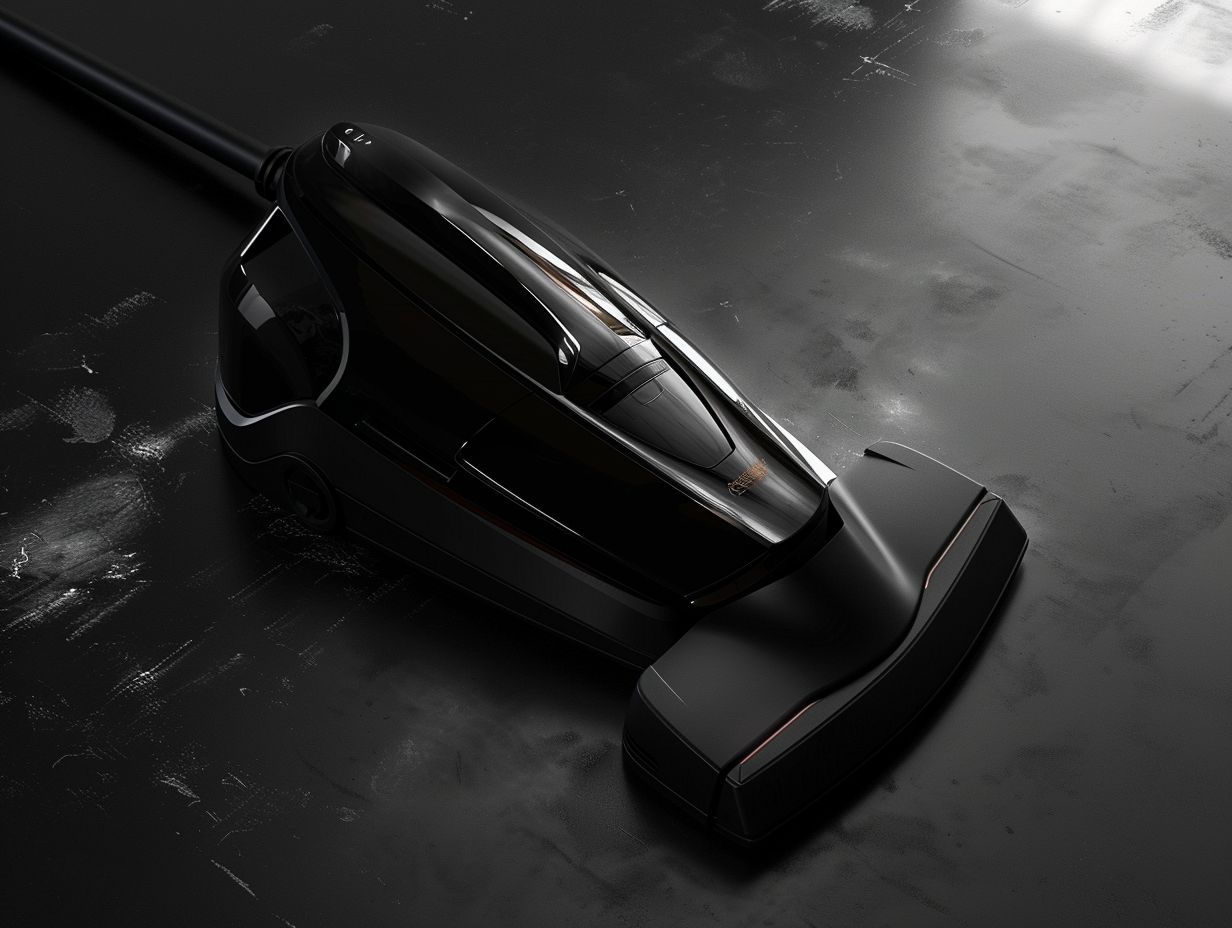
The choice of colors and finishes in vacuum cleaner design greatly influences the overall aesthetic appeal and consumer perception. When selecting colors and finishes for vacuum cleaners, keep these points in mind:
-
Brand Identity: Colors and finishes can reinforce brand identity, making the product easily recognizable on the market.
-
Consumer Preferences: Understanding consumer preferences in colors and finishes can help in designing products that resonate with the target market.
-
Durability and Maintenance: Certain finishes may enhance durability and ease of cleaning, ensuring the vacuum cleaner maintains its appearance over time.
Ergonomics and User-Friendly Features
Colors and finishes play an important role in the design of vacuum cleaners, but now let’s shift our focus to how ergonomics and user-friendly features impact the overall user experience.
The comfort of the handle, weight distribution, and ease of maneuverability are vital aspects of ergonomics. A well-designed vacuum cleaner should be comfortable to hold and move around, reducing strain on your wrist and arm muscles.
User-friendly features such as easily accessible controls, cord length, and storage options also contribute to a positive user experience. Simplified mechanisms for emptying the dustbin or changing attachments enhance convenience.
When choosing a vacuum cleaner, prioritize models that prioritize ergonomics and user-friendly features for a more enjoyable cleaning experience.
Incorporating Technology and Innovation
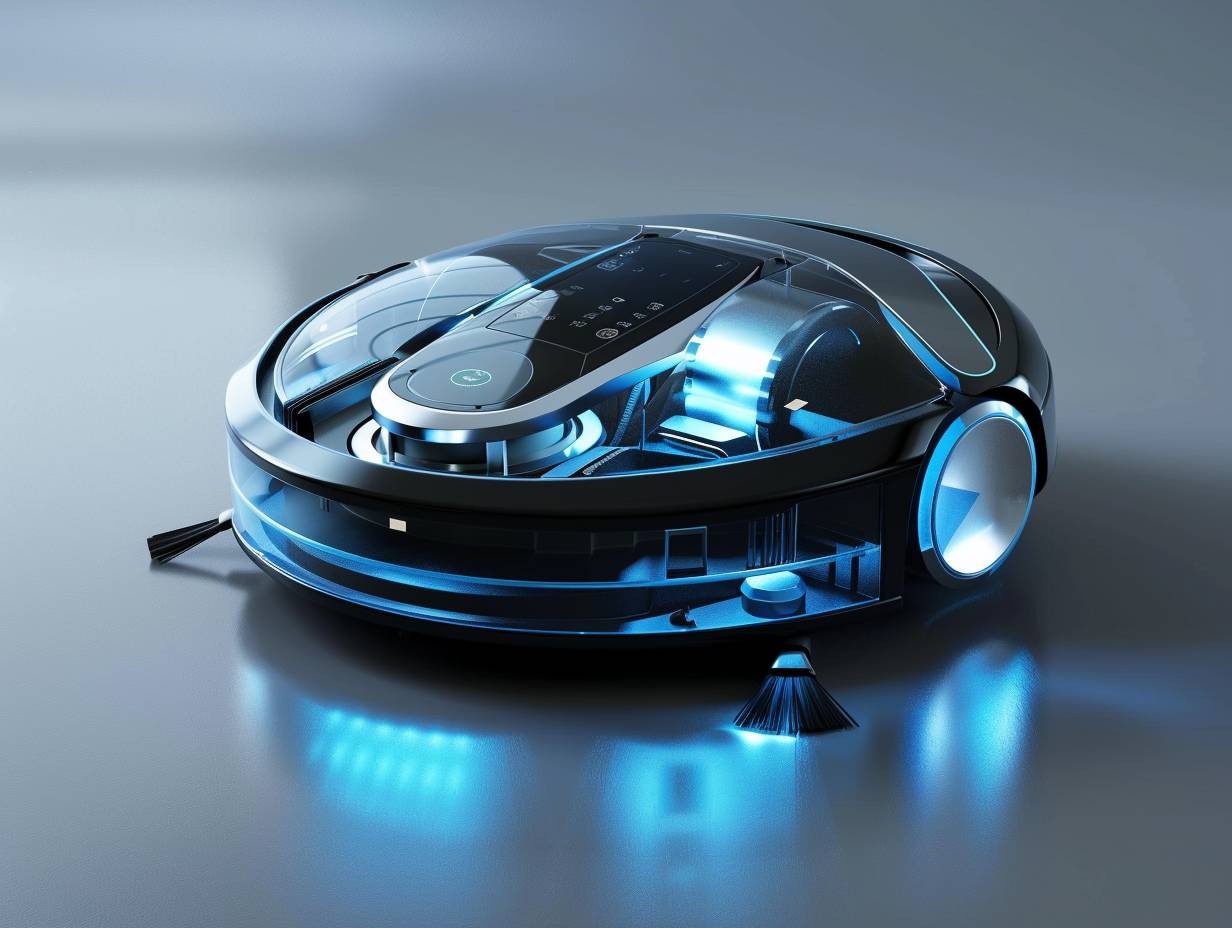
To enhance the functionality and efficiency of vacuum cleaners, manufacturers are constantly integrating cutting-edge technology and innovative features. Incorporating technology and innovation in vacuum cleaner design not only improves cleaning performance but also enhances the overall user experience. Here are three ways manufacturers are revolutionizing vacuum cleaners:
-
Smart Sensors: Sensors that detect dirt levels and adjust suction power accordingly.
-
App Connectivity: Control your vacuum cleaner remotely through a smartphone app for added convenience.
-
HEPA Filtration: Advanced filtration systems like HEPA filters to trap allergens and improve air quality in your home.
Sustainability and Eco-Friendly Materials
Incorporating sustainability and eco-friendly materials in vacuum cleaner design is becoming increasingly prevalent in response to consumer demand for environmentally conscious products. Manufacturers are now prioritizing the use of recycled plastics, biodegradable components, and energy-efficient technologies to reduce the environmental impact of vacuum cleaners. By opting for sustainable materials, the industry is moving towards a more eco-friendly approach, aligning with global efforts for a greener future.
| Sustainable Material | Description | Benefits |
|---|---|---|
| Recycled Plastics | Utilizing post-consumer plastics in production | Reduces plastic waste |
| Biodegradable Components | Components that naturally decompose over time | Minimizes environmental pollution |
| Energy-Efficient Tech | Technology that reduces energy consumption | Lowers electricity usage and carbon footprint |
Frequently Asked Questions
Can Vacuum Cleaners Be Personalized With Custom Designs or Patterns?
Yes, you can personalize vacuum cleaners with custom designs or patterns. Adding a personal touch to your appliance can make it stand out and reflect your unique style. It’s a fun way to make mundane tasks more enjoyable.
What Factors Are Considered When Determining the Weight of a Vacuum Cleaner?
When deciding a vacuum cleaner’s mass, factors like motor power, dust capacity, and material quality are crucial. These elements impact usability and efficiency. Choose a model that balances mass with performance for best cleaning.
Are There Any Studies on the Psychological Impact of Different Vacuum Cleaner Shapes on User Satisfaction?
Just like a enchanting melody that resonates with your soul, studies have shown that various shapes of everyday objects, including vacuum cleaners, can influence user satisfaction on a psychological level.
How Do Manufacturers Ensure the Durability of Vacuum Cleaner Components Such as Wheels and Handles?
To guarantee durability, manufacturers rigorously test vacuum cleaner components like wheels and handles. They subject them to stress tests, quality control checks, and use high-quality materials. This process guarantees long-lasting performance and customer satisfaction.
Are There Any Design Considerations for Vacuum Cleaners Used in Specific Environments, Such as Hospitals or Industrial Settings?
In specialized environments like hospitals or industrial settings, vacuum cleaners need unique features. Consider factors like noise levels, filtration efficiency, and durability to meet specific needs. Manufacturers adapt designs to suit these demanding environments effectively.
Conclusion
As you look at the sleek design of modern vacuum cleaners, you can see how far they’ve come from their bulky predecessors. The evolution of vacuum cleaner design reflects society’s desire for efficiency and style in everyday appliances.
Just as a vacuum cleaner effortlessly sucks up dirt and debris, our lives can benefit from embracing change and innovation to make our tasks easier and more enjoyable. Remember, sometimes a fresh perspective can truly clear the way for a brighter future.
More information about Vacuum Cleaner Design and Appearance
Why Are Vacuum Cleaners Called Vacuum Cleaners
Journey into the surprising origins of why vacuum cleaners are named as such, uncovering a compelling connection to their revolutionary functionality.
Why Does Vacuum Cleaners Have Headlights
Yearning to uncover the mystery behind vacuum cleaners' headlights? Find out the surprising practical purpose they serve beyond just illumination.
Affiliate information declaration: We may earn revenue from the products referred on this page and participate in affiliate programs.
